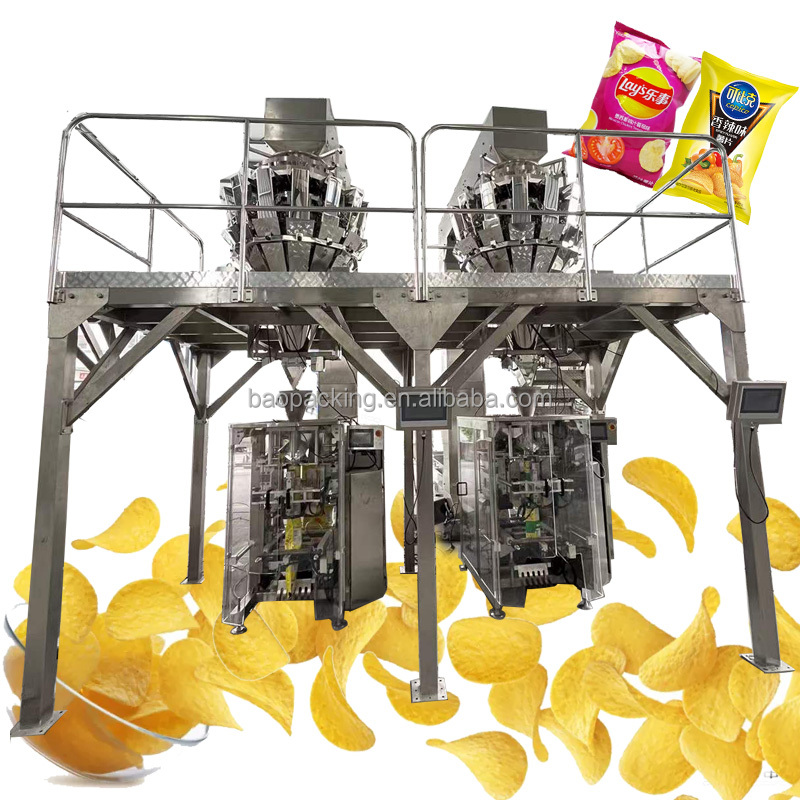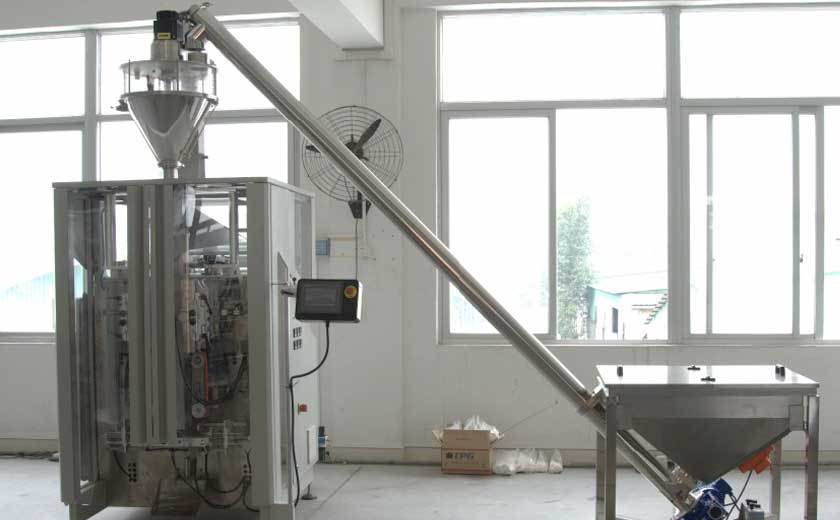The Science Behind Effective Zipper Pouch Packaging
In the realm of packaging, the zipper pouch stands alone as a paragon of convenience and functionality. Its humble appearance belies a sophisticated engineering marvel that ensures optimal product protection, ease of use, and extended shelf life. This article delves into the scientific intricacies that underpin the effectiveness of zipper pouch packaging.
Airtight Barrier:
One of the primary functions of zipper pouches is to create an airtight barrier that prevents the ingress of moisture, oxygen, and contaminants. The zipper mechanism, when properly closed, forms an impenetrable seal that prevents the exchange of gases and liquids between the pouch’s interior and the external environment. This airtightness is crucial for preserving the integrity of delicate products, such as food, pharmaceuticals, and electronics.
Material Strength:
The material used in zipper pouch packaging plays a vital role in its durability and puncture resistance. Durable materials like polyethylene and polypropylene offer exceptional tear strength and flexibility, making them suitable for packaging a wide range of products with varying weights and textures. These materials also exhibit high resistance to chemicals and solvents, ensuring the pouch’s integrity even in demanding environments.
Zipper Mechanism:
The zipper mechanism is the heart of the pouch’s functionality. It consists of two interlocking rows of teeth that engage when the pouch is closed. The design of the teeth and the precision of their alignment ensure a smooth and effortless opening and closing experience. The interlocking teeth also create a secure lock that prevents accidental opening or spillage.
Child Resistance:
Certain zipper pouches are engineered with child-resistant features to prevent children from accessing potentially hazardous products. These child-resistant zippers require multiple steps or special tools to open, making them difficult for young children to operate. The use of child-resistant packaging is mandated by regulatory bodies for products such as pharmaceuticals, household cleaners, and personal care items.
Shelf Life Extension:
By creating an airtight barrier and protecting products from external factors, zipper pouches significantly extend shelf life. This is particularly important for perishable goods or products that are sensitive to moisture or oxygen. The reduced exposure to environmental elements slows down degradation processes, preserving the freshness and quality of the packaged products.
Convenience and Aesthetics:
In addition to its protective functionality, zipper pouch packaging is also designed for ease of use and visual appeal. The resealable zipper allows consumers to access the contents multiple times without compromising the integrity of the seal. The pouches’ transparent or opaque materials provide excellent visibility of the products, enhancing their aesthetic appeal and facilitating brand recognition.
:
Zipper pouch packaging represents a scientific marvel that embodies the principles of airtightness, durability, functionality, child resistance, shelf life extension, convenience, and aesthetics. By understanding the science behind these pouches, manufacturers and consumers can harness their full potential for safeguarding products, ensuring convenience, and enhancing brand value.
-

Overview of Packaging Machine Buying Guides
08-01-2024 -

How Does a Vertical Form Fill Seal Machine Work?
30-10-2023 -

Advancements in Auger Powder Filling Technology
27-10-2023 -

A Deep Dive into Automatic Packaging Machines
26-10-2023 -

The Revolutionary Fully Automatic Potato Chips Packaging Machine
20-09-2023 -

How to choose the right packaging machine?
23-08-2023 -

Reducing Waste And Maximizing Yield With Multihead Weigher Machines
15-03-2023 -

Nuts Packaging Machine for Dry Products Perservation
26-11-2022 -

Is Automated Biscuit Packaging Machine Better Than Manual Opeartion?
25-11-2022





